Practice Wise 4/11/11
Be Your Own Consultant!
So you’re trying to convince your bosses that they need to purchase an EHR because Meaningful Use makes it so. It feels like Y2K all over again. You know, back in the day when we all used a PM system on dumb terminals (ah, but the UNIX platform was so stable!) and you had to convince your doctors that it was time everyone got a PC and Microsoft Office and the new PM software that could give you four-digit years and save the world.
Déjà vu! You’re in this terrifying role where you have to learn the lingo, understand all the bells and whistles of products that make your head spin. Then, convince a single owner or a board of partners that you understand everything you are presenting to them, and your recommendation is …
Who do you trust to educate you on all of this technology? And to help you not lose your job by making a colossal mistake and costing thousands of dollars and jobs and possibly the meltdown of your practice? I know it sounds like doom and gloom but admit it — this is the stuff that keeps you up at night.
I say trust yourself. You can hire a team of free experts, be one yourself, and thrive in this experience. Admit your terror and reach out to the other terrified individuals in your community. How? Start a user group!
- Don’t wait. You don’t have to be users of anything to start a group. Don’t wait until you get your software and then decide to start or join one. Start a group of almost-EHR users who all know a little about a lot of things or a lot about some things. Share your knowledge.
- Invite vendors to present to your group. This is easier than attracting dogs with top sirloin. Trust me, you will need to devise a method for a waiting list.
- Be selective. Even as a group of users, you don’t have a lot of precious time to waste. Research your vendors and invite those who you think will give you the best bang for your buck. Which is zero, but don’t let that be the rate limiter.
- Ask the non-EHR vendors. You know, that whole group of support consultants and third-party vendors that are like little seedlings in the spring of EHR adoption. They usually see most of the products as they interface. Better yet; they talk to the end users and hear the complaints and praise of everything. Boy, don’t we love to share our experiences with anyone who will listen?
- Give them the lunch hour for presentation. Make sure they provide the lunch.
- Invite real (EHR) users to your almost-users group. They will be your deepest resource (see above, don’t we love to share…). From them you will learn what not to do, who not to waste your time on etc. They’re like parents and you should learn from their experiences.
- Have different members of the group host your meetings. If your office won’t accommodate the crowd, check out hospital conference rooms (can be reserved in advance), the local medical society (should willingly lend to their participating providers), or the presenting vendor (don’t think of this as giving up the upper hand – you get your needs met, they do their presentation, and nobody is worse for the wear).
- Don’t limit your group to EHR discussions. This kind of change management doesn’t happen in a vacuum. Your entire practice operations are going through electro-shock therapy. Open up to the whole discussion and ways to help each other through this evolution.
- Keep it free, short, and worthwhile. You will build an amazing panel of experts that are now part of your team. The president runs the superpower of the free world and even he doesn’t know it all. He has a cabinet of experts who advise him. You can, too.
Julie McGovern is CEO of Practice Wise, LLC.

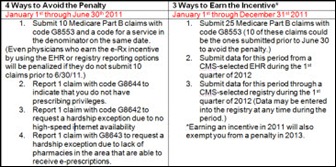
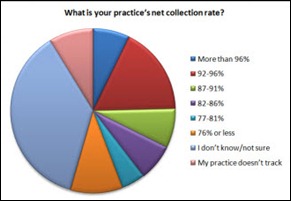
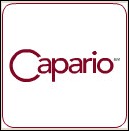


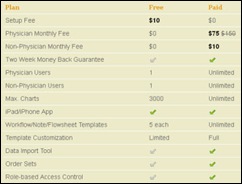
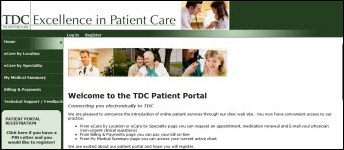
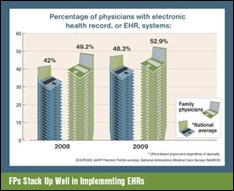



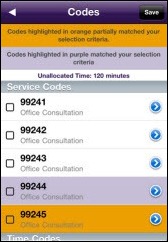
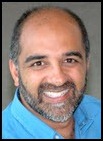


The article about Pediatric Associates in CA has a nugget with a potentially outsized impact: the implication that VFC vaccines…